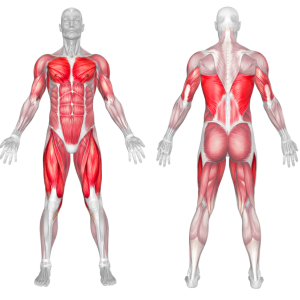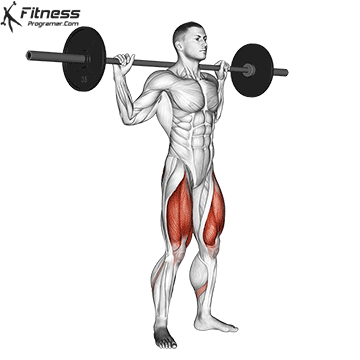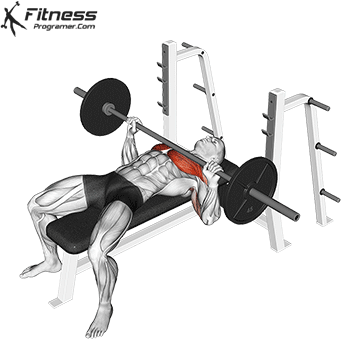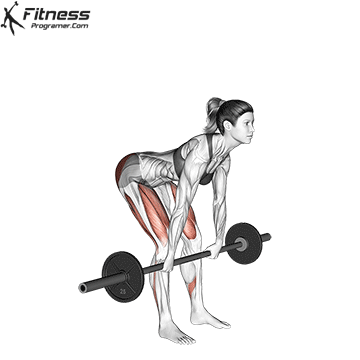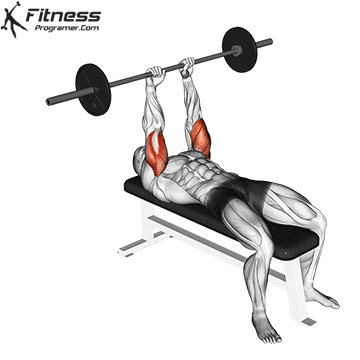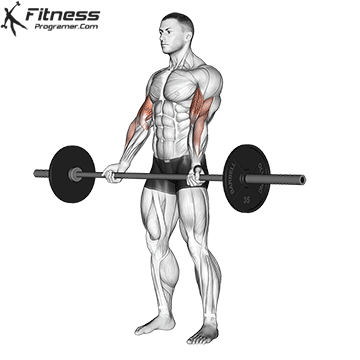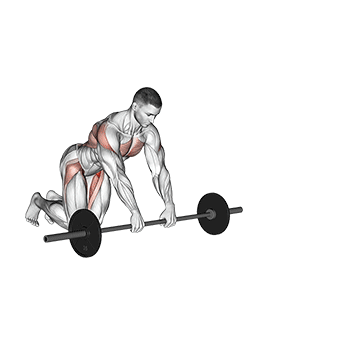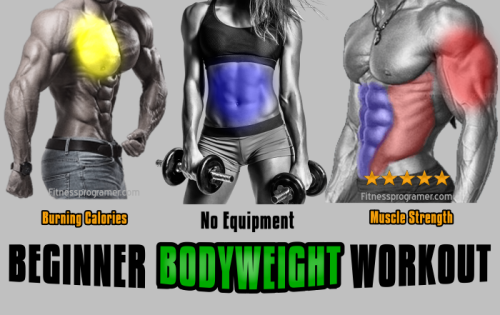Barbell Free Weights Workout Program
Are you tired of the same old gym routine that fails to challenge your body and mind? Do you want to break free from the confines of machines and cables, and embrace the raw power of free weights? If so, the Barbell Free Weights Workout Program might be just what you need to take your fitness journey to the next level. This comprehensive and dynamic workout routine will not only help you build strength and muscle mass but also improve your balance, stability, and overall athletic performance.
| Workout Type | Full Body |
| Program Duration | 6-8 Weeks |
| Workout Goal | Strength And Hypertrophy |
| Levels | Beginner to intermediate |
| Rest Between Sets | 45-60 Seconds |
| Frequency | 3 Days per Week |
| Gender | Male and Female |
| Weight for beginners | %40-50 |
Tips on How to Start the Workout:
If you’re new to this Barbell Free Weights Workout Program or weightlifting in general, it’s essential to ease into it to avoid overtraining or injury. Here are some tips to get started:
Learn Proper Form: Before adding weight, practice each exercise with a broomstick or an empty barbell to focus on your form. Proper technique is crucial for safety and effectiveness.
Start with Light Weights: Begin with a weight that allows you to complete the desired number of repetitions with proper form. Gradually increase the weight as you become more comfortable and confident with the movements.
Warm-Up Thoroughly: Prioritize a dynamic warm-up to prepare your muscles and joints for the workout. Incorporate movements that mimic the exercises you’ll be performing.
Progressive Overload: As you become stronger, progressively increase the weight, the number of repetitions, or the intensity of the exercises. This principle is essential for continued growth and improvement.
Listen to Your Body: Pay attention to how your body responds to the workouts. If you feel overly fatigued or experience pain, consider taking an extra rest day or modifying the intensity of your training.
Rest and Recovery: Don’t underestimate the importance of rest and recovery. Ensure you’re getting enough sleep and consider incorporating restorative practices like stretching and foam rolling into your routine.
Benefits of the Workout:
Full-Body Strength: The Barbell Free Weights Workout Program targets multiple muscle groups simultaneously, promoting balanced strength development throughout your body. Compound movements like the squat and deadlift activate numerous muscles, leading to functional strength gains.
Improved Stabilization: Free weight exercises require you to stabilize the weight, engaging various smaller stabilizing muscles that are often overlooked in machine-based workouts. This leads to better joint stability and reduces the risk of injury in daily activities.
Increased Muscle Mass: By incorporating compound movements and targeting major muscle groups, the Barbell Free Weights Workout Program stimulates muscle growth effectively. The progressive overload principle (increasing weight or reps over time) ensures continued muscle development.
Enhanced Functional Fitness: As you perform exercises that mimic natural movements, your overall functional fitness and athletic performance will improve. Whether you’re an athlete or simply want to move better in your daily life, this workout program can help.
Metabolic Boost: Compound exercises and free weight training can increase your metabolic rate, assisting in fat loss and weight management goals.
Nutrition:
Proper nutrition is crucial to support your body’s needs during this intense workout program. Consider the following guidelines:
Stay Hydrated: Drink plenty of water before, during, and after your workout to stay hydrated and maintain optimal performance.
Pre-Workout Nutrition: Consume a balanced meal containing carbohydrates, protein, and healthy fats about 1 to 2 hours before your workout. This will provide your body with the necessary energy to power through the training session.
Post-Workout Nutrition: After the workout, consume a meal rich in protein and carbohydrates to aid in muscle recovery and glycogen replenishment.
Muscles Worked
